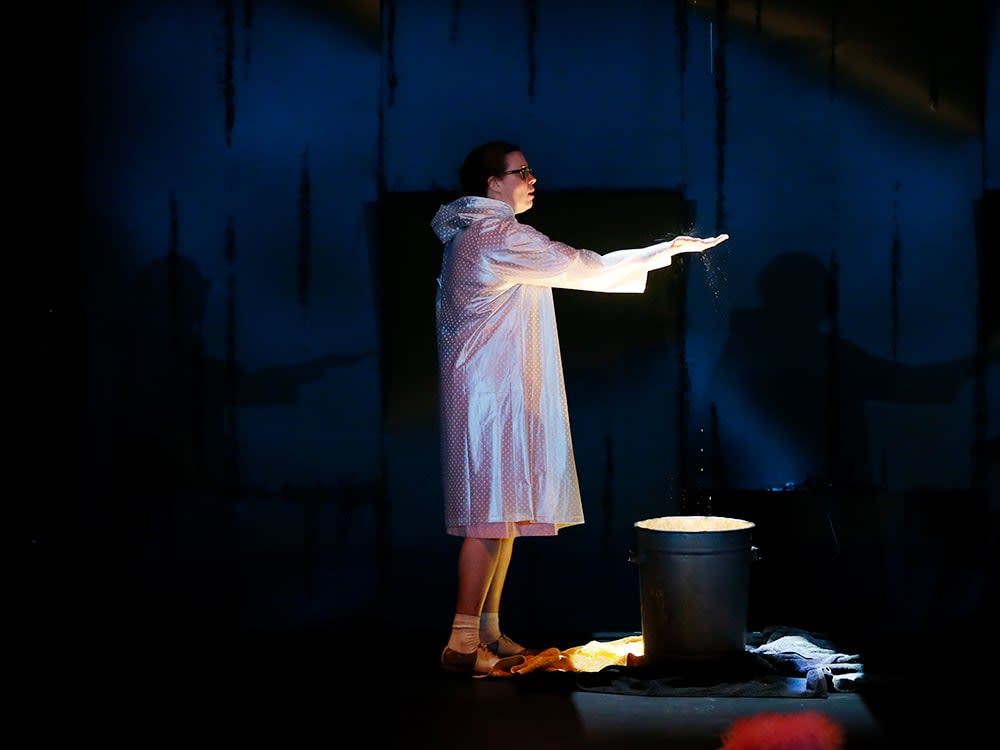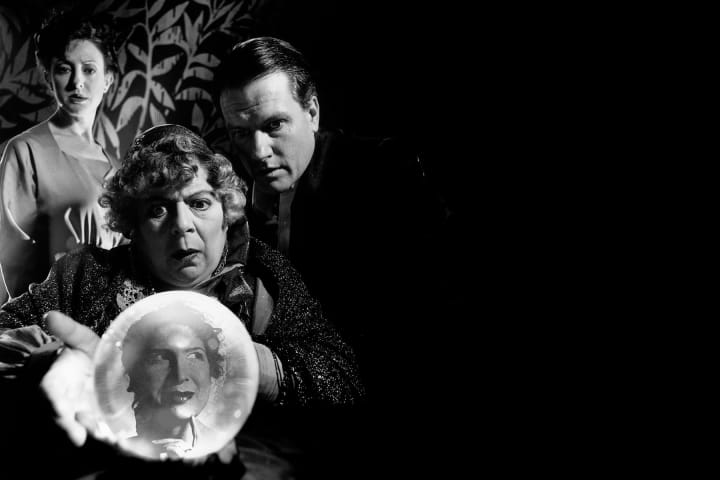As MTC’s CAD (computer aided design) Drafter, Jacob Battista’s role involves working with a show’s designer and the Company’s technical and workshop teams to assist in problem solving, translating and developing the design into working drawings and buildable or achievable elements.
Water of any type onstage – whether it be in a kettle, or drink bottle through to a full swimming pool – is considered a hazard. So when we look at any design or show with an element of water on stage, no matter how large or small, we have to consider why it is required and the risks that introducing this element into the production will have on any other elements. This includes the theatre itself; the actors and the crew who have to work with or around the water; the technology that is near the water; and also the infrastructure required to manage the water.
‘There are reasons you don’t put a pool inside your house or a shower in your living room and most of them are the same reasons we look at very carefully before putting a pool or body of water on stage.’
So once the requirement for water use is identified from the script, the designer or a conversation with the director, we commence a risk assessment process. This risk assessment considers numerous factors, including:
- The amount of water, and what it’s doing – is it in a kettle, or a running tap? Is it falling as rain? Is it a pond or pool? How do we control the water, and what are the fail-safes of a burst pipe, or pond springing a leak?
- What performers are required to do in, around or with the water, and what do they do after interaction with the water – they could slip if water is spilt, or if they are walking around wet they could get cold and fall ill.
- Are people sitting in, or swimming in the water? If so, we need to look at water health, and consider how we keep it clean and fresh to avoid any illness for cast and crew.
- We need to look at safety for working in and around water, not just during the show but also pre and post shows, make sure no harm can come to anyone working at the venue.
- We need to consider the electrical safety as well, given that the stage is surrounded by electricity.
- We also need to consider weight in relation to stage engineering.
Once we have done the risk assessment, we have to look very closely at what the water effect is and what the water has to do. Is it just a kettle on stage that has to boil on cue (in which case the water is controlled and the risks are small)? Or is it a large pool or body of water that an actor has to get in? In the latter case, we have to ensure the structure can take the weight of the water, as well as remain waterproof to avoid damaging the rest of the building and that it is clean and warm for the cast. There are reasons you don’t put a pool inside your house or a shower in your living room and most of them are the same reasons we look at very carefully before putting a pool or body of water on stage.
Ponds, pools and baths
When it comes to large bodies of water like pools, ponds or baths onstage, we start by looking at the structure required to hold and contain the water. Will it be an off-the-shelf product, or will we have to build it ourselves? If we are building it ourselves, how do we ensure the weight of the water is controlled and contained – not only on the surface it’s sitting on, but around all the sides of the water as well. A 2m wide by 2m long by 1m deep pool holds 4000 litres of water: this equates to four tonnes of water you have to control.
For the small pond in Jasper Jones, we managed to hide the depth of the pond as the stage was raised slightly for the revolve the set was on. We then built a small structure in an area of the stage we didn’t raise and reinforced it in order to insert a pool/pond liner that the water was then put into.

The edge of the pond in Jasper Jones can be seen bottom right. Photo: Jeff Busby
Once we’ve worked out what we have to do to control the water – including the structure, the lining and the waterproofing – we look at what’s needed to manage the water, including filtration and heating and the associated pumps that go with that system. We also need to work out where that system can be situated so that the audience cannot see or hear it working.
In Così, there was a small rain effect that happened ‘outside’ the theatre in which the show was set. For this effect, creating the rain over the doorways the cast would walk through was relatively easy; the trickier part was ensuring that when the ground underneath became wet, the water had somewhere to go and the actors could walk through the area safely. We achieved this by making these ‘outside’ areas sealed alcoves that had a slight incline to them, so that when the rain fell, the water would pool underneath the floor on which the actors were walking, allowing them to walk safely through the rain without dragging water onstage and into the set.

Katherine Tonkin works with water in Così. Photo: Jeff Busby
Filtering, pumping and protecting
Once you know how the water works and where it goes, the next step is to work with the venue to ensure that in the unlikely case of a water drip, leak or spillage, any technology or venue structure is not damaged. We often line the underside of our stages with a waterproof membrane to ensure any spilt water doesn’t seep into the stage floor; we also ensure surrounding equipment and technology is away from or lifted high enough that the water won’t pool under it; and anything that could be affected by splashing is covered and protected.
Once the water system is installed, our Production Electrics department maintain the system over the course of the run. They ensure the filter and pumps are working and doing their jobs, and maintain the chemical levels if the water is treated.
Finally, at the end of a show run, we have to work out how to safely get the water off the set and out of the pool, again, without getting anything else wet or damaged. Don’t try this at home!
Published on 26 March 2021





